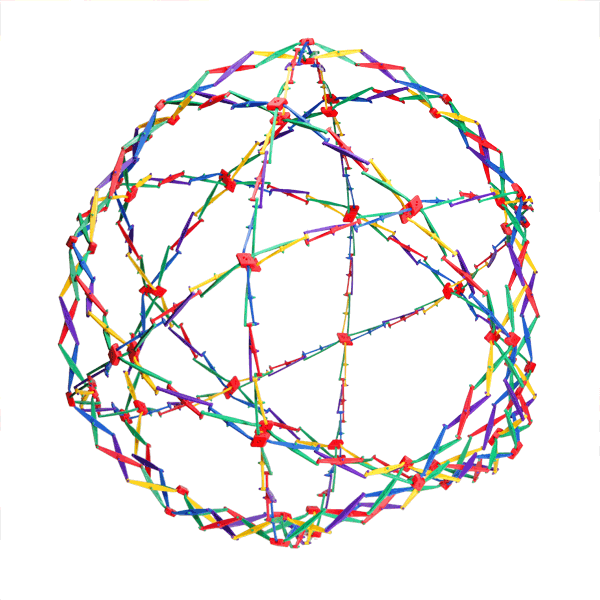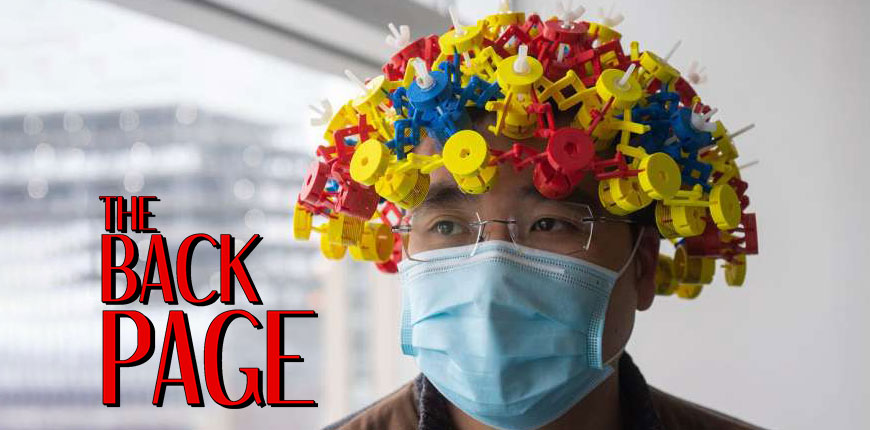Mechanical engineering met medical imaging and produced … this.
If I told you an MRI revolution was coming, you probably wouldn’t expect it to come dressed like this.
The helmet above, developed by mechanical engineering professor Xin Zhang at Boston University and modelled by student Ke Wu, uses metamaterials to create higher quality and faster – therefore also cheaper – magnetic resonance imaging of the brain.
That’s despite looking like one of those expanding balls you can find in any toy shop and which we have just learned are actually called Hoberman spheres.

In research published in the journal Advanced Materials, Zhang, Wu et al. describe their use of auxetics to make “mechanically tunable metamaterials in both planar and hemispherical configurations operating at megahertz frequencies, optimized for their application to magnetic resonance imaging”.
Auxetics are materials “with a negative Poisson’s ratio, thereby capable of exhibiting counterintuitive behaviors” – i.e. when stretched in one direction they expand in the perpendicular direction.
So while the Back Page doesn’t pretend to understand how these structures work, really, Hoberman spheres aren’t that far off the mark.
The metamaterials, the authors report, “enable a marked boost in radiofrequency field strength under resonance-matched conditions, ultimately yielding a dramatic increase in the signal-to-noise ratio (~4.5×) of MRI”.
These materials already have various applications including running shoes, but this wearable has the potential to get good images from cheaper, lower-quality MRI machines, making the technology more accessible.
Cool.
If you see something that expands your brain, bounce it to felicity@medicalrepublic.com.au


